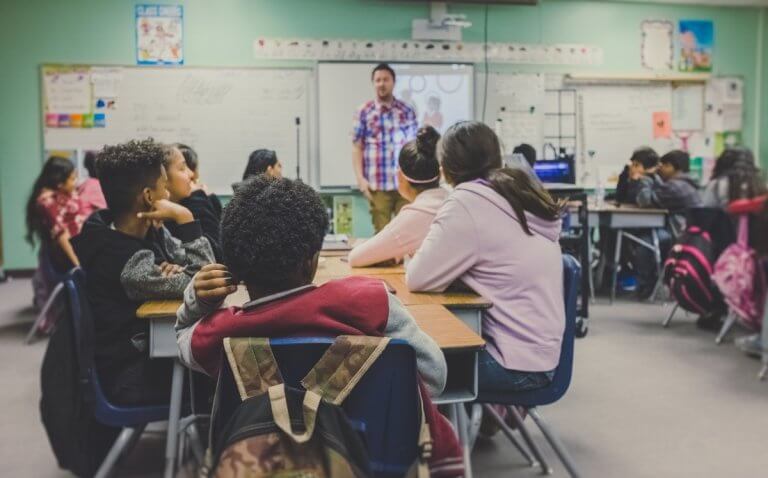
In the US, where classrooms have become more racially- and ethnically-diverse, educators are bound to encounter non-English names that may be difficult to pronounce.
But what can educators do to make the classroom more inclusive for all? For starters, getting their name right can help.
The mispronunciation of a name is a form of cultural disrespect, and research suggests that “these incidents are racial microaggressions – subtle daily insults that, as a form of racism, support a racial and cultural hierarchy of minority inferiority”.
The authors of the study, titled Teacher, please learn our names!: racial microaggressions and the K-12 classroom added that “enduring these subtle experiences with racism can have a lasting impact on the self-perceptions and worldviews of a child.”
Speaking to the MinnPost, the study’s co-author Rita Kohli said: “What we found was that students of colour who were part of these experiences, they started to kind of shift the burden onto themselves.
“They started to feel that their name was kind of their responsibility and the way it sounded to others – or if (it) was hard to pronounce, as framed by the teacher – that was an inconvenience or a burden. They developed a lot of anxiety, shame, embarrassment around their names,” she said.
She added that these emotions are manifested in different ways in class – some students changed their names to accommodate the mispronunciations, while others “disengaged” from the classroom by not raising their hand to avoid having their name called out loud.
Also speaking to the MinnPost, pre-K teacher Sara Birkeland, who works in a racially-diverse school, said: “There are very few things in children’s lives that are more intimate to them than their names. And when they go to school, they’re first trying to separate from their family’s identity. One way to do that is to embrace their first name.”
To do this, she startss connecting with families upon receiving the roster, doing home visits and making phone calls to ask parents how to pronounce their child’s name.
A New Name Pronunciation Tool Promotes Inclusive Classroomshttps://t.co/7HWYjhFg9v
“…mispronouncing a student’s name can hurt their academic performance … discourage them from class participation, alienate them socially, and create negative tensions in a school setting.”
— melinda d. anderson (@mdawriter) November 9, 2018
Reports suggest that many students who have non-English or ‘difficult-to-pronounce’ names have ended up taking on names that are not their own.
neaToday reported that Yee Wan, who moved from China to the US, “was faced with the overwhelming and unfair decision over whether she would keep her native name or change it to something more ‘Americanised’.”
Educators struggled to pronounce her name, so she later took up the name her ESL teacher thought suited her – Winnie.
“Years later, Wan sits as the current president of the National Association for Bilingual Education (NABE) and her personal experiences became the impetus for a campaign launched this year to spotlight the importance of student names. A collaboration between the Santa Clara County Office of Education (SCCOE) and NABE, My Name, My Identity is calling attention to the potential negative effects of a mispronounced name and the ways schools and communities can defuse the problem,” said the report.
The importance of learning students’ names is not only important for K12 learners but also those at university.
For example, Columbia University is using a recording and playback tool called NameCoach that enables students and instructors to voice-record their names to avoid mispronunciations.
The Columbia Spectator reported that the university said this initiative intends “to reduce the anxiety and uncertainty that may occur during the process of introducing yourself or learning new names.”
Liked this? Then you’ll love…
Tablets vs. textbooks: How are students adapting?
#SayMyName: Chinese students of Columbia University produce viral video to fight racism







